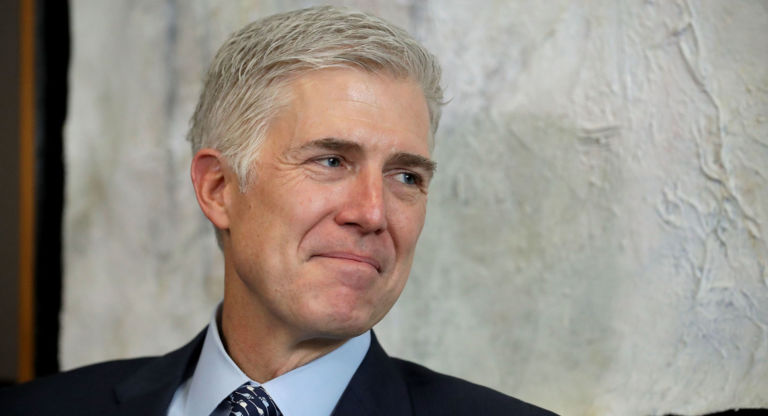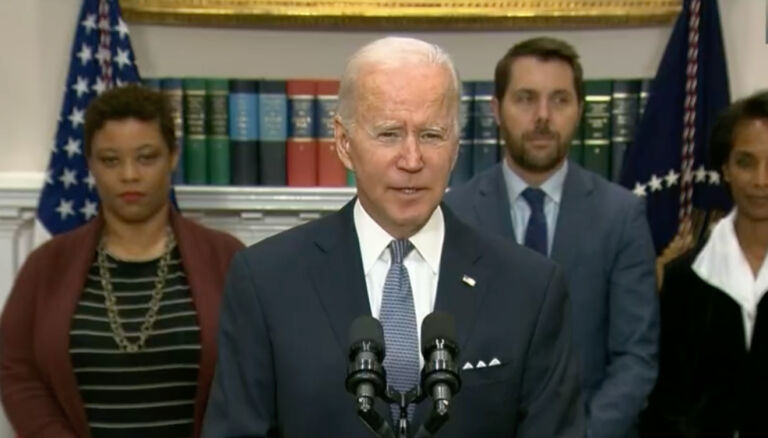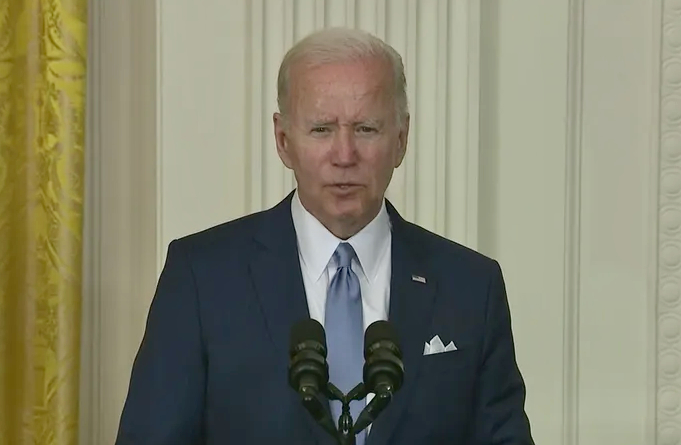Editors at National Review Online tackle the president’s misguided approach to capital-gains taxes.
That the Biden administration has enormous confidence in the government’s ability to invest wisely is no secret, however ill-founded that confidence may turn out to be. So there is a certain perverse logic to its proposal to fund, at least in part, the newest proposed spending spree with a dramatic increase in the capital-gains tax rates paid by — a bit of class warfare always helps — “the rich.” To believe that this will not discourage investment is to believe that those investors who are subject to the tax disregard post-tax returns. That’s not likely. They will either demand a higher price for their capital, or put an increased premium on safety, or search for investments that offer less in the way of growth, but more in the way of tax shelter. Others may choose to consume more and invest less. Some would-be entrepreneurs, meanwhile, will decide not to give up their day jobs. None of these developments would be good for the economy and those who would benefit from its flourishing.
Turning to the grim details, if this proposal is approved, those earning more than $1 million a year will face a top tax rate on long-term capital gains of 43.4 percent (once the Obamacare surtax on net investment income is thrown in), compared with 23.8 percent today. That would be a top rate higher — generally much higher — than anywhere in Europe, and that’s before considering what state and local taxes can do to the math. Those living in high-tax states such as California and New York will be looking at a top rate in excess of 54 percent, and for those lucky enough to be resident in de Blasio’s New York City, over 58 percent. Those who have been making plans to leave will get moving, and others are likely to join them, something that would come as a major blow to their governments’ already-shaky finances.


